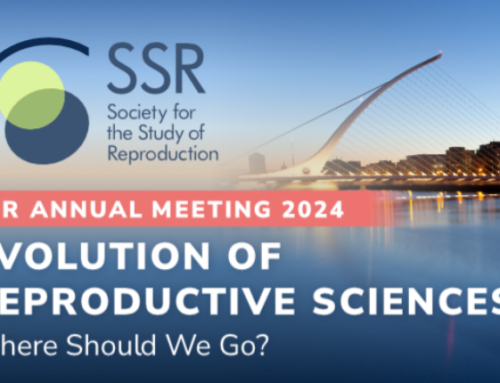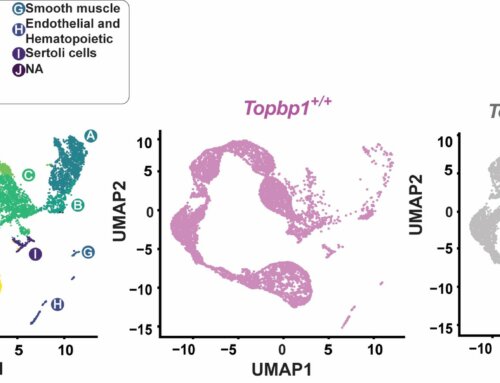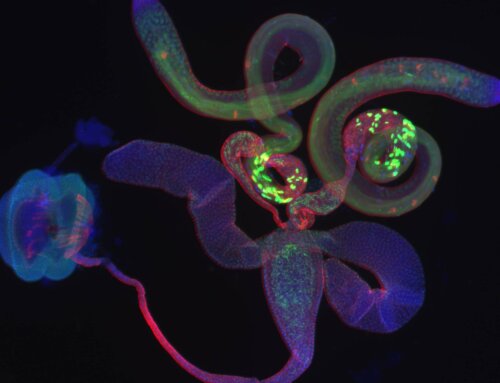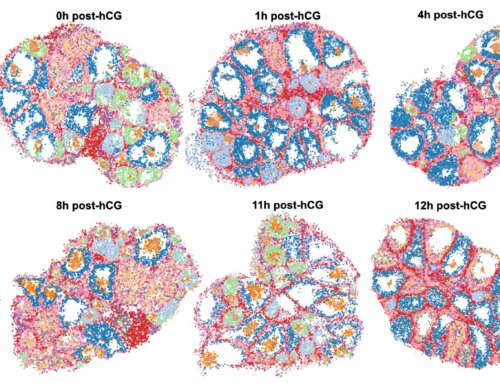
August 2023
Ned Place MD. PhD, (Professor in the department of Population Medicine & Diagnostic Sciences) and Miguel Brieño-Enríquez MD. PhD (former postdoctoral scholar in Paula Cohen’s lab and currently an Assistant Professor at MWRI, University of Pittsburgh), published a paper earlier this year in Nature Communications. Titled “Postnatal oogenesis leads to an exceptionally large ovarian reserve in naked mole-rats” the paper addresses the means by which this longest-lived, diminutive rodent maintains its fertility without any aging-associated decline for upwards of three decades.
Dr. Place, whose lab investigates reproductive physiology and aging in female mammals, provided the following insights on the significance of this paper:
“For nearly two decades, the field of reproductive biology has been contemplating whether female mammals add to their ovarian reserve of germ cells during postnatal and adult life, whereas the preceding dogma for a half century had been that mammals are endowed with a finite number of germ cells (oocytes, eggs, ovarian primordial follicles) that solely undergo attrition over time. Our findings provide strong evidence that postnatal oogenesis occurs in naked mole-rats and persists into adulthood. An even more startling finding is that there appeared to be an uptick in germ cell proliferation in young adult naked mole-rats that had been induced to make the transition from reproductive suppression to reproductive activation following their removal from their queen, who is the only breeding female within the colony. This is the subject of ongoing investigations.”
The publication of this paper reflects the Place and Brieño-Enríquez labs’ ongoing work to characterize the extraordinary adaptations that contribute to the naked mole-rat’s exceptionally large ovarian reserve and protracted fertility.






